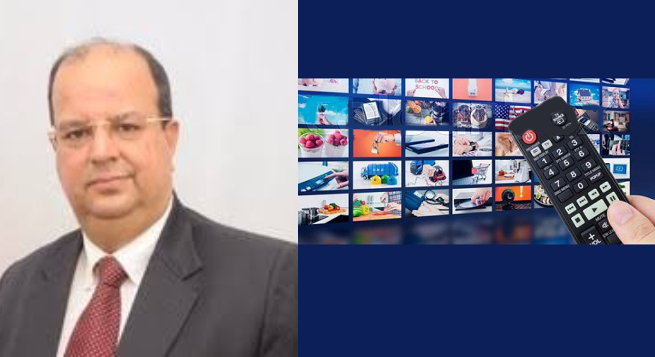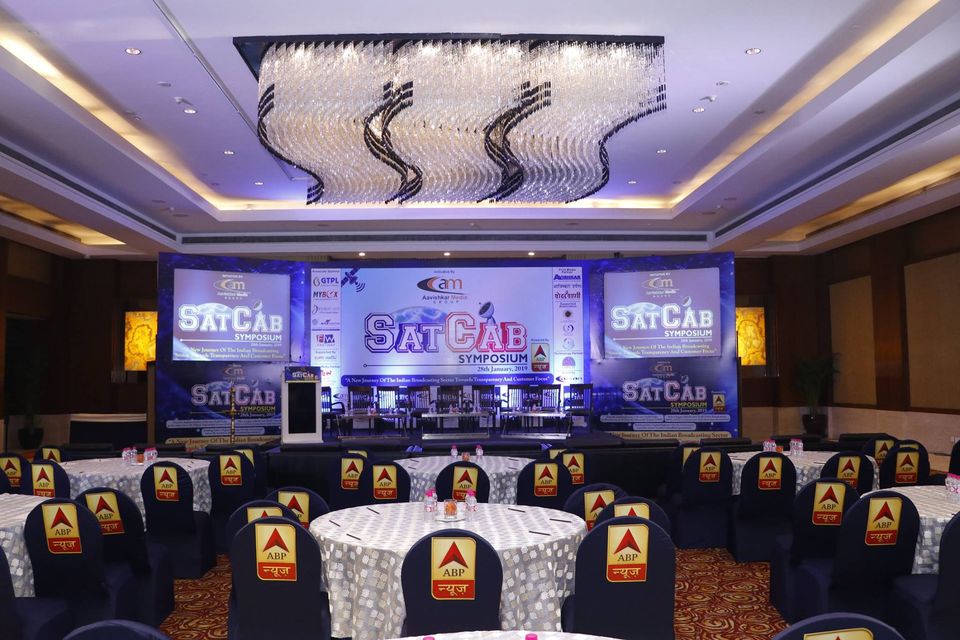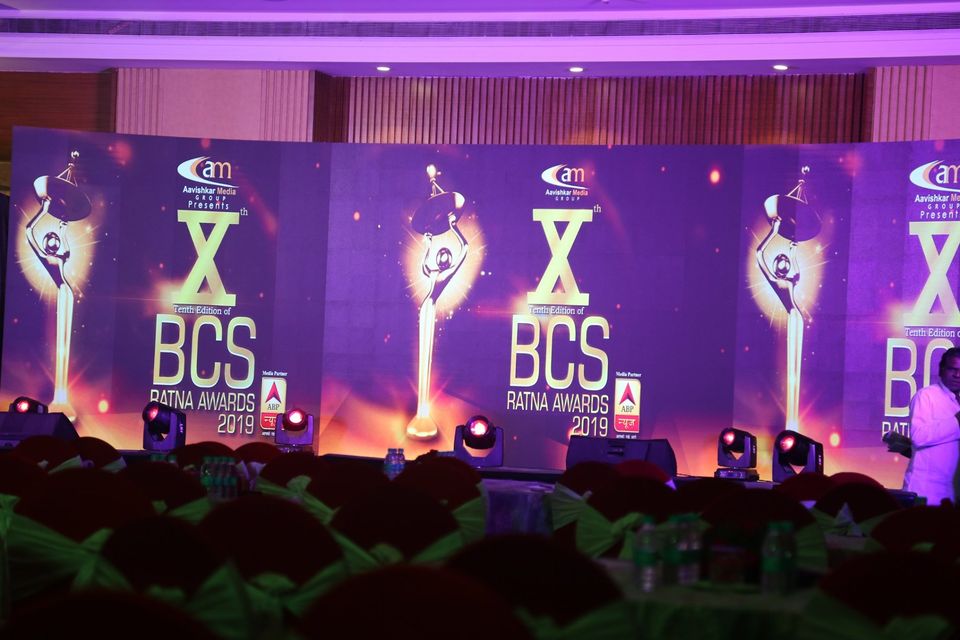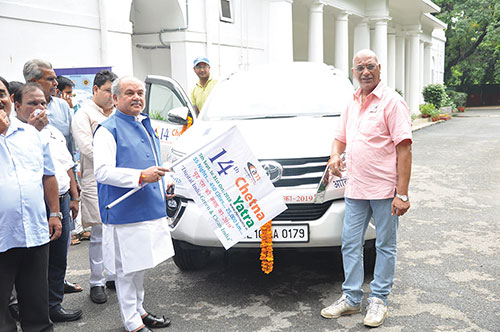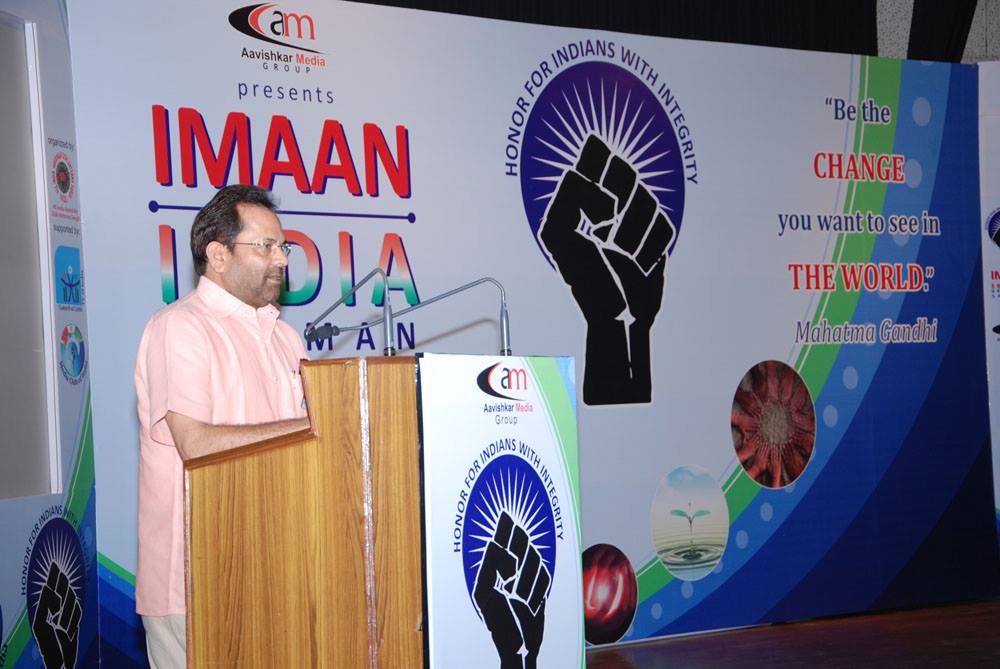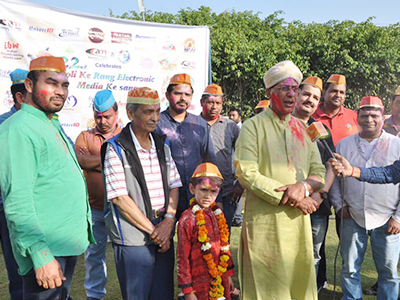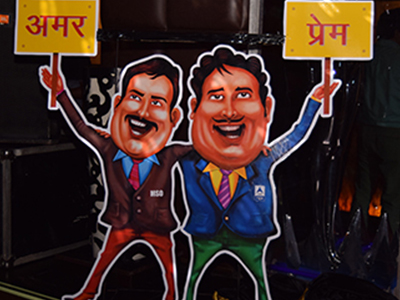By Rajiv Khattar
The draft Indian Telecommunications Bill 2022 has been released for public consultations and much was anticipated as new regulations were supposed to be replacing three existing laws — The Telegraph Act 1875, Indian Wireless Telegraphy Act 1933 and The Telegraph Act 1950.
The draft Bill has proposed to bring the app based OTT communications services, offering services such as voice calls and messaging, under its ambit. However, it has left out the video content distribution part of the OTT services; or at least there are no direct references to it. Yet.
This seems to have been prompted by the telecom players who pay heavy license and spectrum fees to offer services and app based OTT platforms ride on their networks to offer similar products.
It is ironical that the cable industry has been hailed as a way and means to reach the last mile and TRAI in its latest “Recommendations on Market Structure/ Competition in Cable TV Services” has acknowledged the vital role cable networks can play in bringing the broadband /Internet to the common man’s house by using telecom infrastructure. Still, the Department of Telecoms (DoT), under the Telecommunications Ministry, seems to have ignored the importance of the cable industry.
Is this because of the fragmented broadcast and cable TV industry, unable to counter the strong lobbying powers of the telecom giants, or is it assumed that cable networks will never be able to graduate to the technical levels required for the delivery of the broadband and allied services, and would not obtain the ‘infrastructure status’, which it has been asking for many years that would have given it better access to funding ?
It’s indeed a billion dollar question.
It would have been much better to have a mention of the cable networks in the telecom infrastructure section of the proposed regulations and the right of way provisions as it would have provided an impetus to the cable TV industry.
The cable networks in the US, such as Comcast, have shown the important role they can play in providing the Internet services to the consumers much more effectively than any wireless player.
Much euphoria has been generated over 5G and the expected services/ changes it would usher in. Video content has been a driver of data consumption and the pandemic has shown it clearly. The success of the data consumption story has been largely driven by increasing consumption of video content, which may be individually created or available on over the top applications.
Data services are also now another form of distribution of content and there would always be an ongoing struggle whether content is the proverbial king or distribution the god of everything.
Another fact that comes to light after a reading of the draft telecoms rules is that the quest for generating revenues has forced the government to auction the spectrum and the draft Telecoms Bill 2022 is also a step in that direction.
Now, efforts are on to also auction satellite spectrum. This could have grave impact on the broadcasting and DTH services, which together serve the 200 million households, provide employment to millions and generate sizable tax revenues for the government. This move may also impact international treaties, which can be an embarrassment to New Delhi as it is signatory to several such global pacts.
Efforts to auction satellite bandwidth could also impact broadband services for the Indian consumers. In India — a diverse geographical nation — satellite broadband is going to be the most viable way to bring broadband to remote and hilly regions; especially when terrestrial networks in such geographically challenging terrains is a tough task or practically unfeasible.
The draft Telecom Bill 2022 has created another controversy by including the broadcasting services under the definition of the telecom services. There are many incomplete definitions, such as harmonization of the frequency bands, which would certainly give rise to uncertainty amongst industry stakeholders.
Interestingly, the rules also propose to bring in changes in the powers of the broadcast and telecoms regulator TRAI. In subsection 46, the draft says it proposes to bring in changes that would curtail the role of the TRAI to a large extent. This, again, can have a great impact on the distribution platforms such as cable networks that had heaved a sigh of relief with provisions like must-provide brought in by the regulator.
The distribution industry could grow in terms of size and revenues after TRAI’s efforts in ensuring level playing fields for the content distribution platforms. The draft Telecoms Bill should not undermine the regulator’s role, which has been instrumental in significant growth of the telecom and broadcasting sectors, while ensuring quality of services for the consumers.
I hope that the authorities will listen to all the stakeholders with an open mind that could go a long way in ensuring a level playing field, fostering the spirit of technology neutrality and competition amongst various services as these would only herald an all-round development of the sector. India needs more than two players in both the telecoms, and broadcast and distribution sectors. The cable and satellite industries need to work together for them to be heard in the corridors of policy-making.
The draft Bill’s explanatory notes have described spectrum as atma (soul), which is ajar (one who doesn’t grow old) and amar (immortal). But without the body, atma is just a metaphor. It is important to have a healthy body in the form of content creators, broadcasters and distribution platforms for the atma to be alive and kicking.
In an effort to make new rules, which are forward-looking and be in step with the convergence story, it should not happen that the proposed regulations restrict the growth of certain sectors or bring in more ambiguity that could also impact investor sentiments.
(Rajiv Khattar, the author, is a media industry veteran and a consultant, specializing in tech and satellite matters. His last assignment was as the South Asia head for a global satellite company, ABS. Before that he spent almost two decades with the Zee group in various leadership positions in Siti Cable [now Siti Networks] and Dish TV. In between, for a short while he also did a stint at Reliance Industries’ media unit. The views expressed are those of the author and Indianbroadcastingworld.com is not responsible for them, nor subscribes to them.)
 Govt. not considering rules for use of AI in filmmaking: Murugan
Govt. not considering rules for use of AI in filmmaking: Murugan 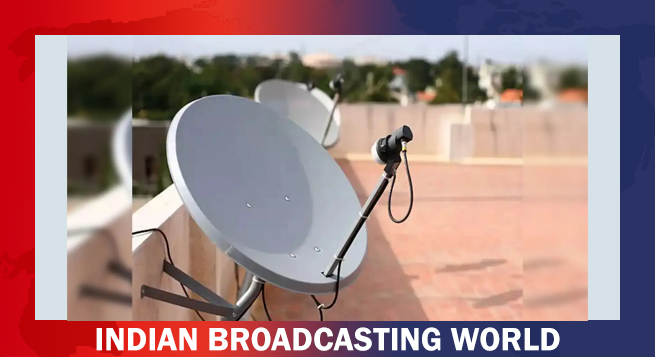 DTH revenue slide to ease to 3–4% this fiscal year: Report
DTH revenue slide to ease to 3–4% this fiscal year: Report 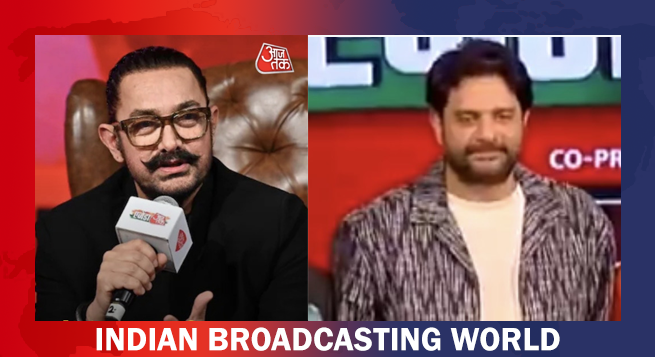 At Agenda Aaj Tak, Aamir, Jaideep Ahlawat dwell on acting, Dharam
At Agenda Aaj Tak, Aamir, Jaideep Ahlawat dwell on acting, Dharam 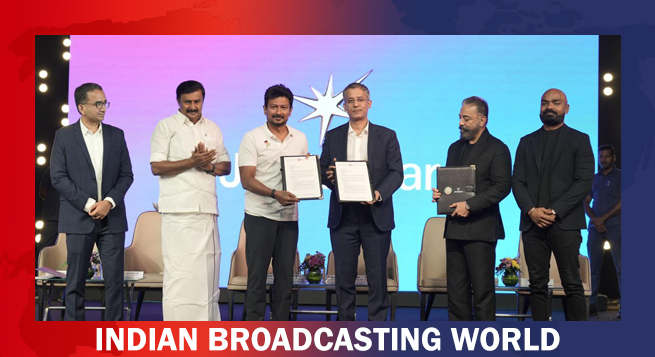 JioHotstar to invest $444mn over 5 years in South Indian content
JioHotstar to invest $444mn over 5 years in South Indian content 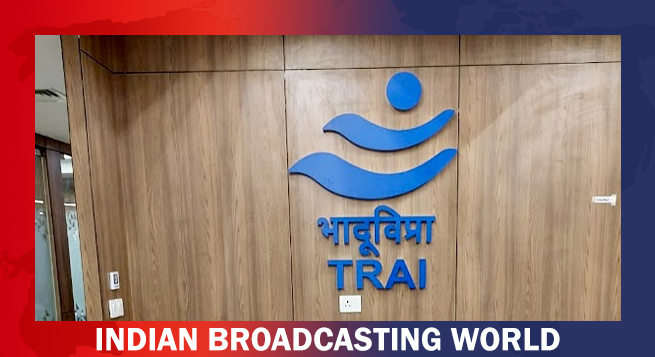 Standing firm, TRAI rejects DoT views on satcom spectrum fee
Standing firm, TRAI rejects DoT views on satcom spectrum fee 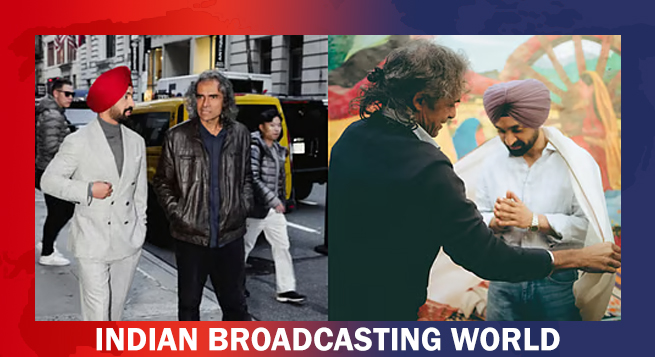 Diljit Dosanjh wraps shoot for untitled Imtiaz Ali film
Diljit Dosanjh wraps shoot for untitled Imtiaz Ali film 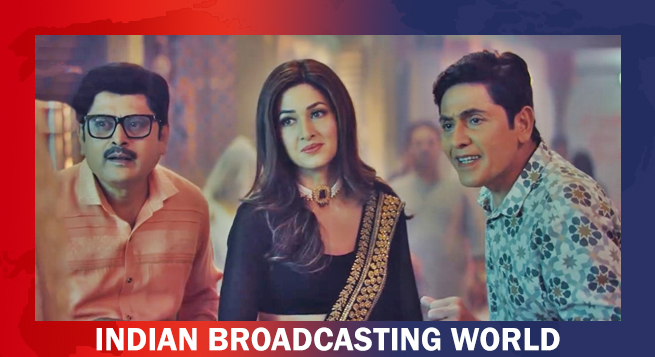 ‘Bhabiji Ghar Par Hai 2.0’ to return with comedy, chaos, a supernatural twist
‘Bhabiji Ghar Par Hai 2.0’ to return with comedy, chaos, a supernatural twist 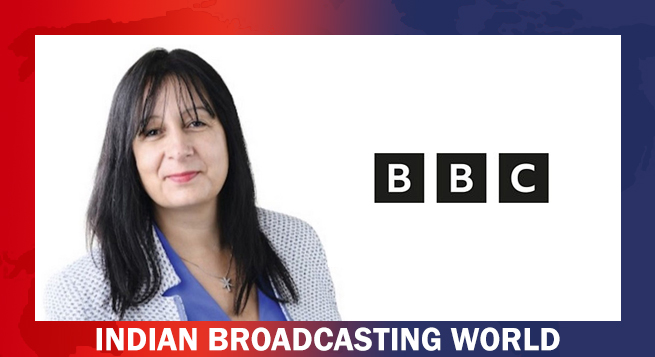 BBC names Bérangère Michel as new Group CFO
BBC names Bérangère Michel as new Group CFO 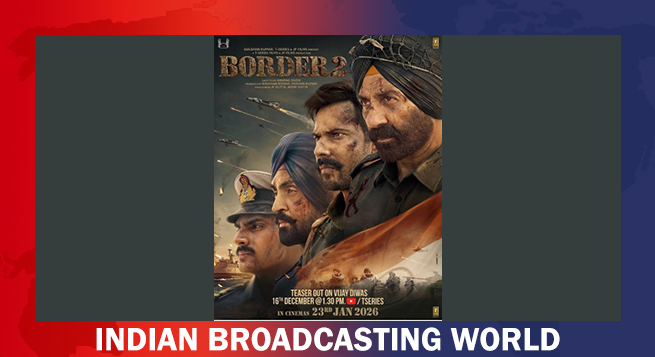 ‘Border 2’ teaser to be unveiled on Vijay Diwas
‘Border 2’ teaser to be unveiled on Vijay Diwas 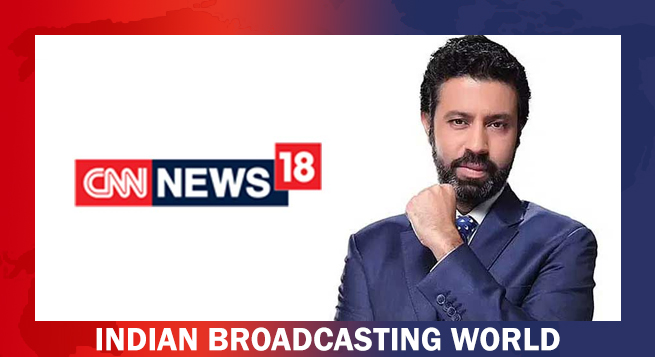 CNN-News18 Rahul Shivshankar takes editorial charge
CNN-News18 Rahul Shivshankar takes editorial charge 



